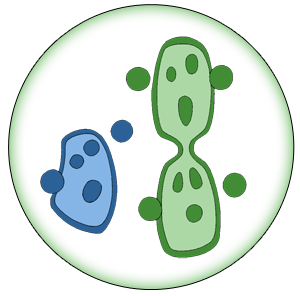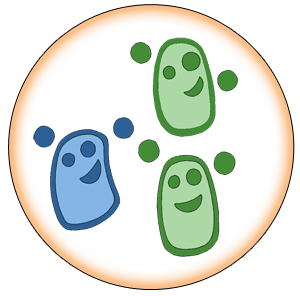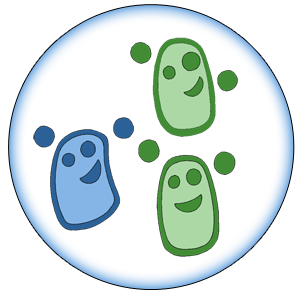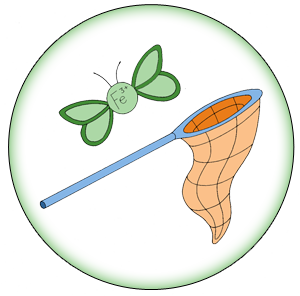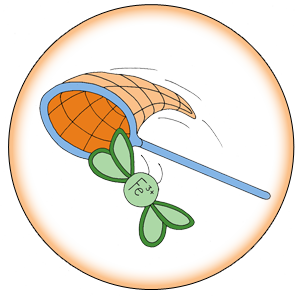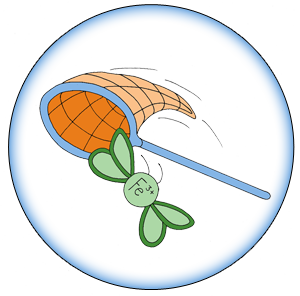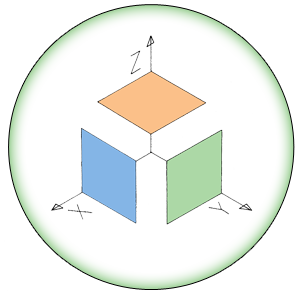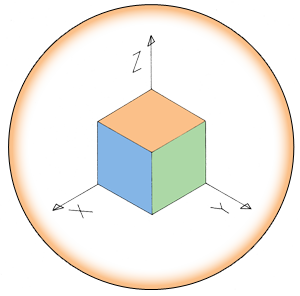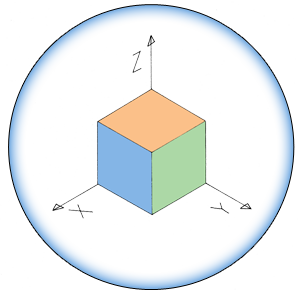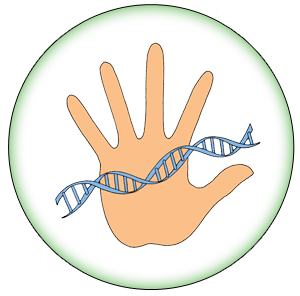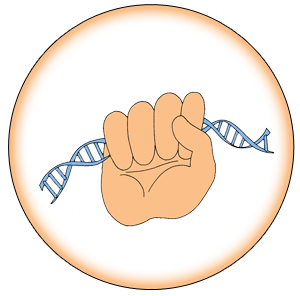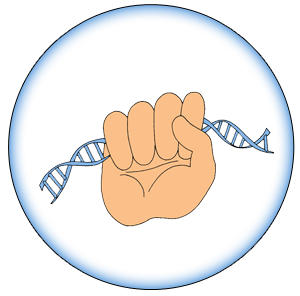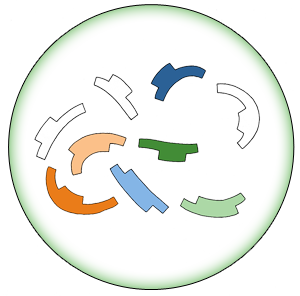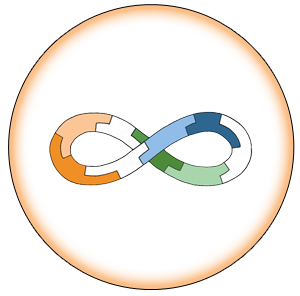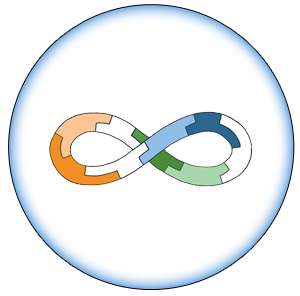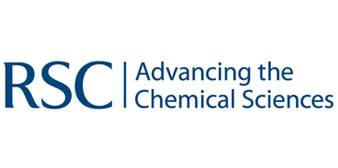Team:Edinburgh/Human Practices/Waste Treatment/Metal toxicity
From 2013.igem.org
Hristianita (Talk | contribs) |
Hristianita (Talk | contribs) |
||
| Line 8: | Line 8: | ||
Heavy metals cause poisoning effect on human body by interacting with the normal biochemistry in metabolic process. They are converted to their stable oxidation state (ion) in the stomach after ingested and combine with proteins and enzymes etc. to form strong chemical bonds (as shown below). | Heavy metals cause poisoning effect on human body by interacting with the normal biochemistry in metabolic process. They are converted to their stable oxidation state (ion) in the stomach after ingested and combine with proteins and enzymes etc. to form strong chemical bonds (as shown below). | ||
| + | [[File:Metals1..png]] | ||
Figure 1. (A: intramolecular bonds, B: intermolecular bonds, P or E: protein or Enzyme, M: metal) | Figure 1. (A: intramolecular bonds, B: intermolecular bonds, P or E: protein or Enzyme, M: metal) | ||
The function of the enzyme is therefore inhibited by the poisoning metal, whereas the protein-metal complex acts as a substrate and reacts with a metabolic enzyme. The reaction scheme below indicates that enzyme (E) and substrate(S) react in either the lock-and-key or the induced fit pattern. In either case, a substrate fits into an enzyme in a highly specific way to form an activated enzyme-substrate complex (ES*). | The function of the enzyme is therefore inhibited by the poisoning metal, whereas the protein-metal complex acts as a substrate and reacts with a metabolic enzyme. The reaction scheme below indicates that enzyme (E) and substrate(S) react in either the lock-and-key or the induced fit pattern. In either case, a substrate fits into an enzyme in a highly specific way to form an activated enzyme-substrate complex (ES*). | ||
| Line 22: | Line 23: | ||
<h3> Human exposure </h3> | <h3> Human exposure </h3> | ||
| + | [[File:Metals2..png]] | ||
Humans are directly exposed to heavy metals by inhalation of metal dust and gas (Pb), as well as intake of metal-contaminated water (Cd and Hg). However, protection from metal dust and contaminated water is not sufficient to avoid exposures to heavy metals. | Humans are directly exposed to heavy metals by inhalation of metal dust and gas (Pb), as well as intake of metal-contaminated water (Cd and Hg). However, protection from metal dust and contaminated water is not sufficient to avoid exposures to heavy metals. | ||
Revision as of 14:26, 4 October 2013
Contents |
Biotoxicity
Heavy metals cause poisoning effect on human body by interacting with the normal biochemistry in metabolic process. They are converted to their stable oxidation state (ion) in the stomach after ingested and combine with proteins and enzymes etc. to form strong chemical bonds (as shown below).
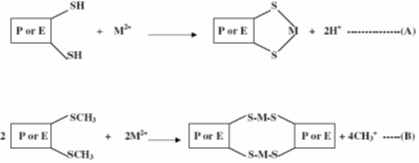 Figure 1. (A: intramolecular bonds, B: intermolecular bonds, P or E: protein or Enzyme, M: metal)
The function of the enzyme is therefore inhibited by the poisoning metal, whereas the protein-metal complex acts as a substrate and reacts with a metabolic enzyme. The reaction scheme below indicates that enzyme (E) and substrate(S) react in either the lock-and-key or the induced fit pattern. In either case, a substrate fits into an enzyme in a highly specific way to form an activated enzyme-substrate complex (ES*).
Figure 1. (A: intramolecular bonds, B: intermolecular bonds, P or E: protein or Enzyme, M: metal)
The function of the enzyme is therefore inhibited by the poisoning metal, whereas the protein-metal complex acts as a substrate and reacts with a metabolic enzyme. The reaction scheme below indicates that enzyme (E) and substrate(S) react in either the lock-and-key or the induced fit pattern. In either case, a substrate fits into an enzyme in a highly specific way to form an activated enzyme-substrate complex (ES*).
An enzyme cannot interact with other substrate until it is freed (state E). In multi-enzyme complex (consisting of 3 or more enzymes) which includes enzymes for an entire sequence, the product from one enzyme reacts with a second one in a chain process. The final enzyme yields the final product as indicated in the equation below.
The final produce F inhibits further actions by reacting with E1 since it does not exist at the beginning of the reaction. Hence, E1 is not able to accommodate any other substrate until F is utilized by the human body. If the body is not capable of utilizing the heavy metal –protein substrate, the related enzyme will be permanently blocked, which then is not able to initiate any bio-reaction or function. Therefore, heavy metal remains in the tissue and results in bio-dysfunctions of various gravities. Moreover, a metal ion can easily replace the metal ion in the body’s metallo-enzyme, if they have the similar size. For example, Zn2+ in some dehydrogenating enzyme can be conveniently replaced by Cd 2+, leading to Cadmium toxicity. The most toxic form of metals in the most stable oxidation states (Cd 2+ and Pb 2+ etc.). In the most stable oxidation states, they can form very stable biotoxic compound, which is very difficult to be dissociated from metal-biomolecule compound.
Human exposure
Humans are directly exposed to heavy metals by inhalation of metal dust and gas (Pb), as well as intake of metal-contaminated water (Cd and Hg). However, protection from metal dust and contaminated water is not sufficient to avoid exposures to heavy metals. Industries including mining, papermaking, leather and electroplating etc., release contaminated water to the environment. Soil is therefore inevitably polluted by rain or irrigation water where heavy metals are dissolved. The metals are taken up by plants and accumulate in their tissues. Animals that graze on the contaminated plants or drink from the contaminated water, and any life living in polluted water also accumulate heavy metal in their bodies. Humans are therefore indirectly exposed to heavy metals by consuming contaminated plants or animal. In summary, all living organisms within a given ecosystem are variously contaminated along their cycles of food chain.
Metal poisoning
Cadmium
According to the final report Heavy Metal in Waste published by Europe Commission in 2002, Cadmium accumulates in human body (especially in kidney) and leads to dysfunction of the kidney with impaired reabsorption of, for example, proteins, glucose and amino acids. Furthermore, skeletal damages (osteomalacia, osteoporosis and spontaneous fractures, increased blood pressure and myocardic dysfunctions) are believed to be a critical effect of cadmium exposure indicated by studies on both humans and animal.
Other effects of cadmium exposure are disturbances in calcium metabolism, hypercalciuria and formation of renal stones.
The International Agency for Research on Cancer (IARC) classifies cadmium in Class 1. ’The agent (mixture) is carcinogenic to humans. The exposure circumstance entails exposures that are carcinogenic to humans.’ Occupational exposure to cadmium may lead to cancer in lung or prostate. According to a recent review, the epidemiological data linking cadmium and lung cancer are much stronger than for prostatic cancer, whereas links between cadmium and cancer in liver, kidney and stomach is not fully studied.
The most notorious cadmium poisoning case is Itai-itai disease, starting around 1912. It was caused by the considerable amount of Cadmium released in the rivers (Jinzu River) by mining companies and a mass population was seriously affected by the disease. People were exposed to cadmium through drinking water, eating contaminated rice and vegetables grown on polluted soil.Those who were affected experienced spinal and leg pain, and a waddling gait was developed due to bone deformity caused by cadmium. Eventually, fractures became more common as the bone weakens, leading to debilitating pains. Cadmium poisoning also caused coughing, anemia, and kidney failure, leading to death.
Also earlier this year (June, 2013), it was reported that rice tainted with Cadmium is discovered in southern China, leading to swell in China rice import. The news indicates that heavy metal contamination (in water and soil) is still an issue in many countries, especially developing countries such India and China, where economic development outweighs environmental protection.
 "
"




